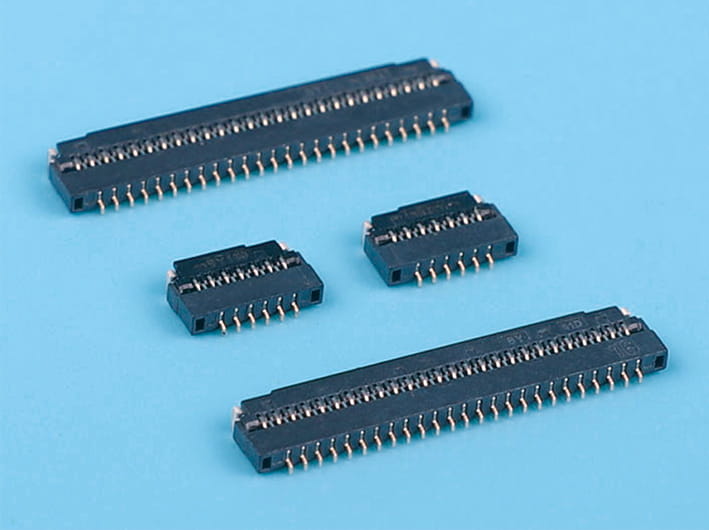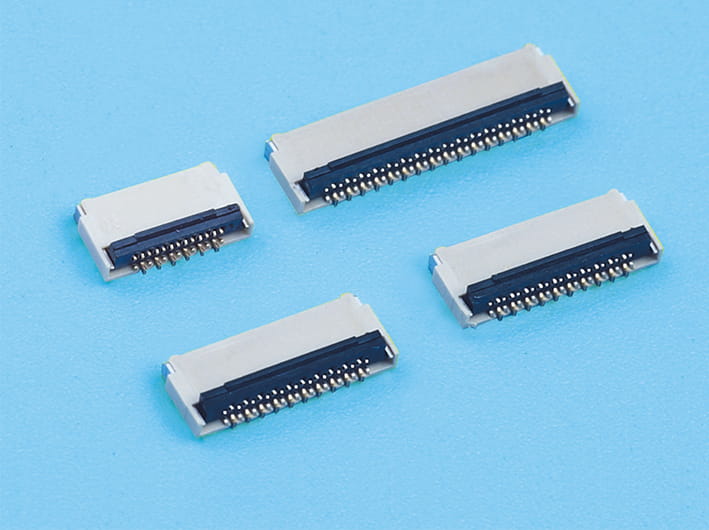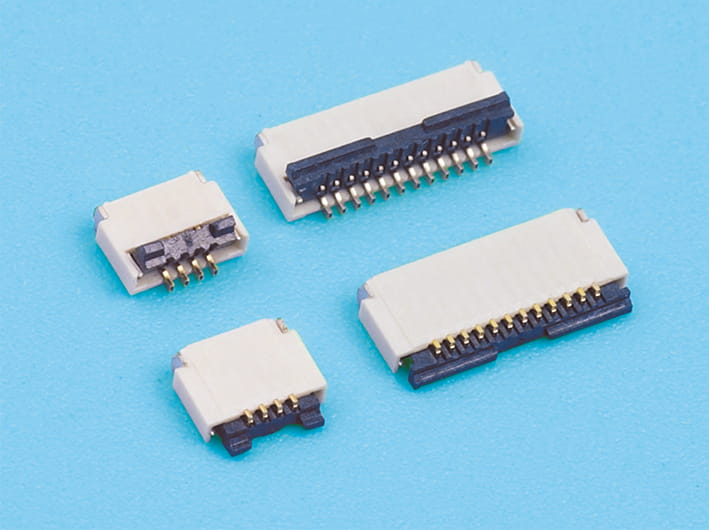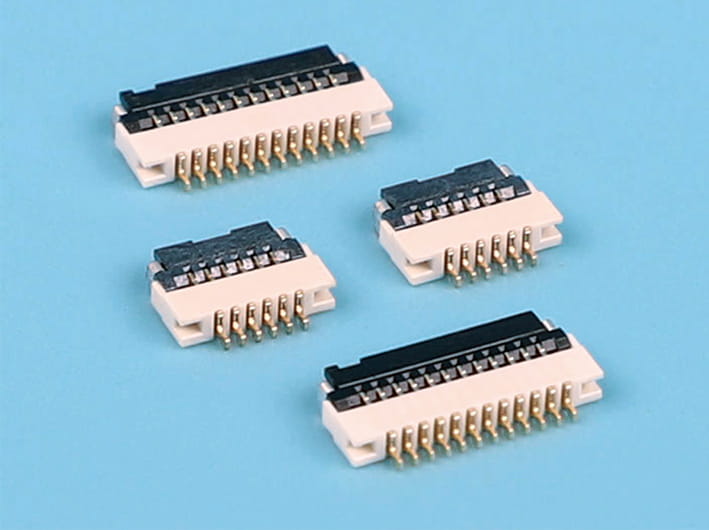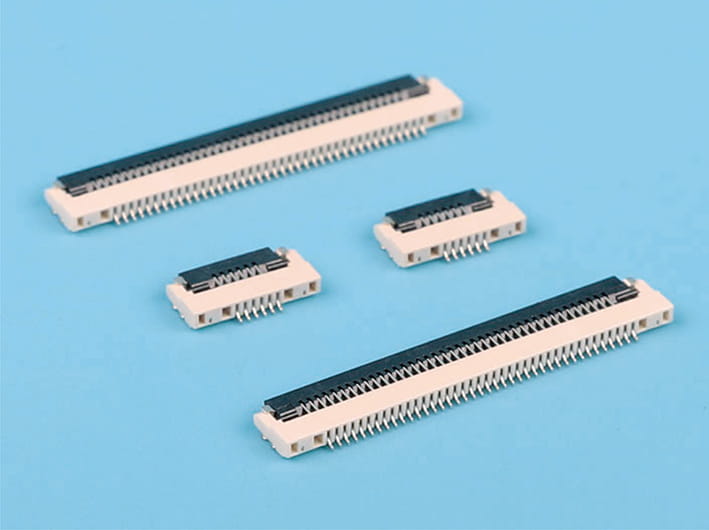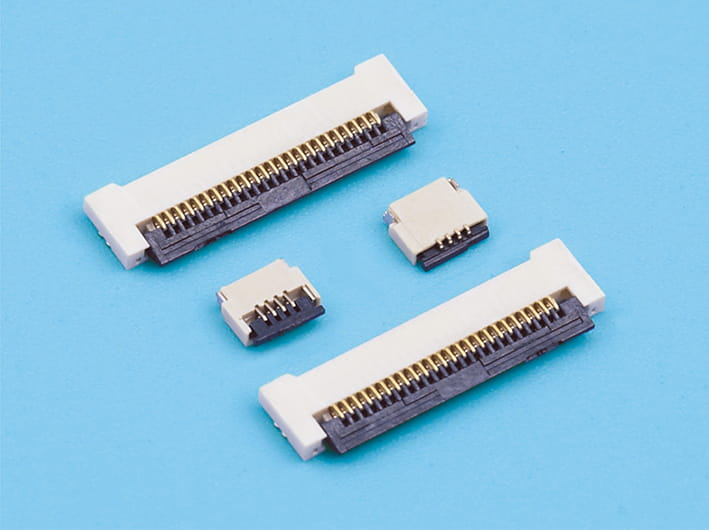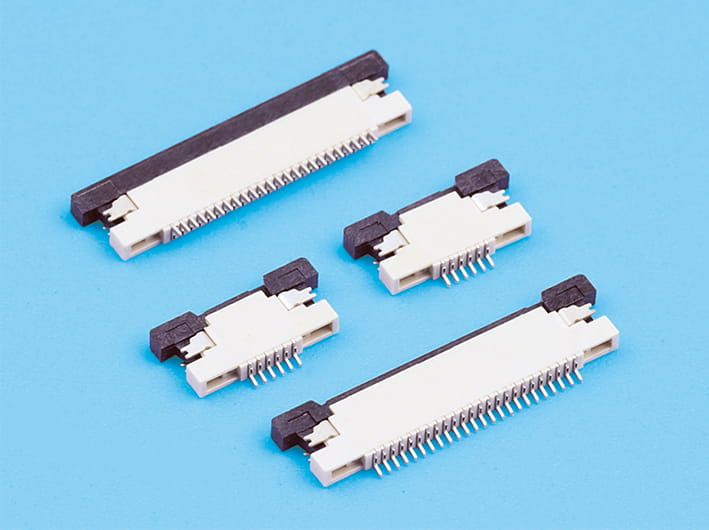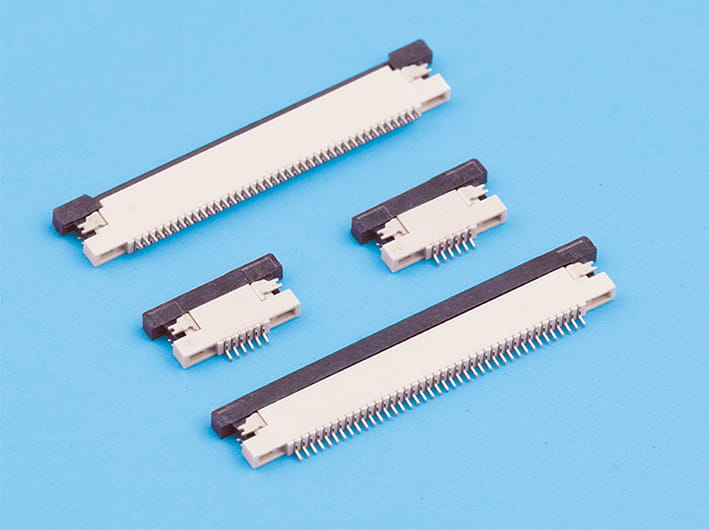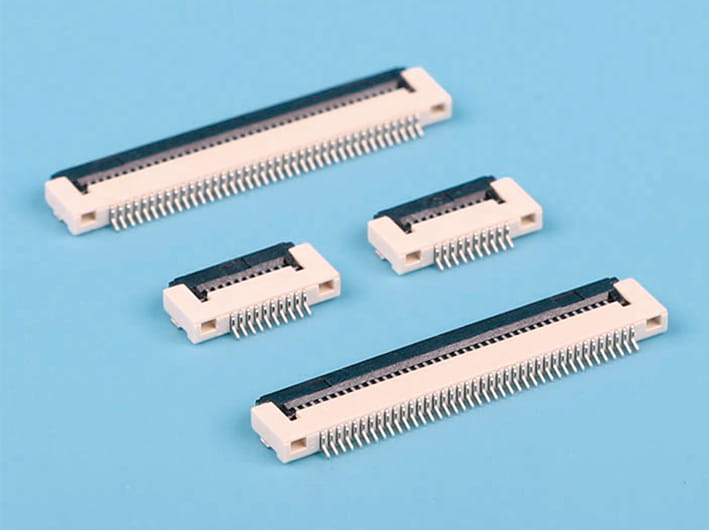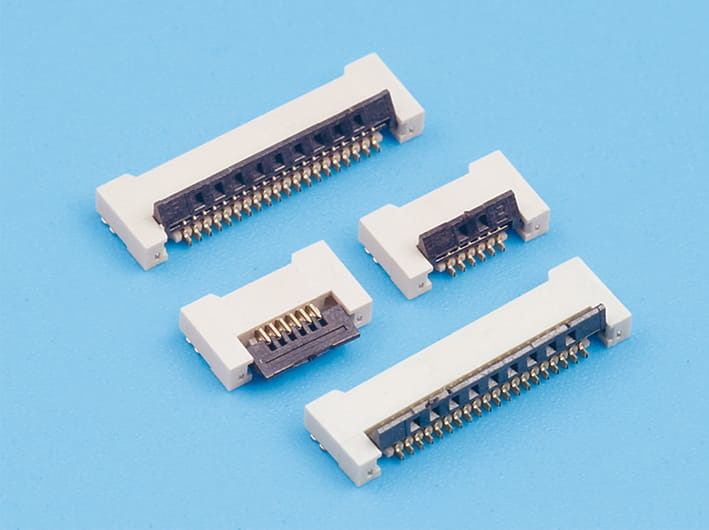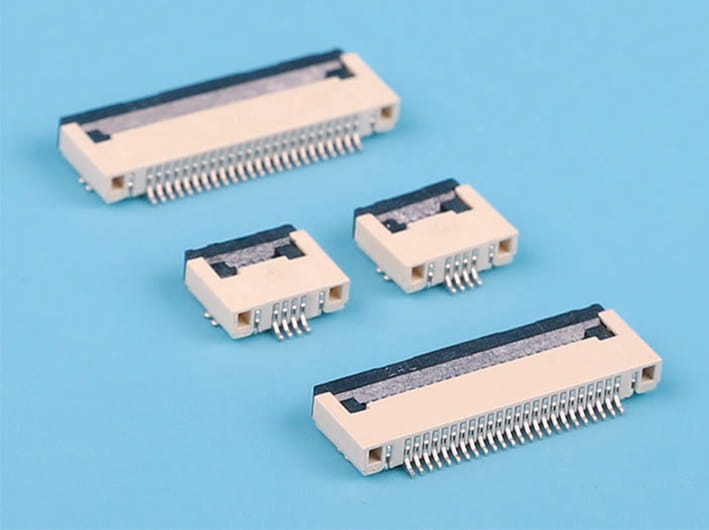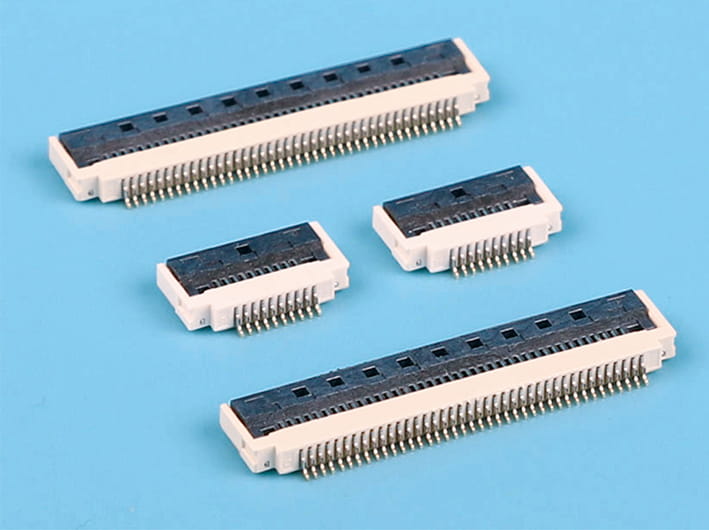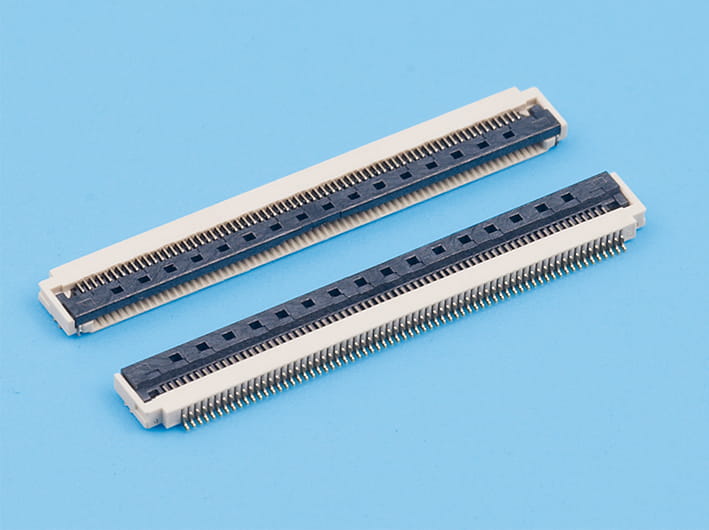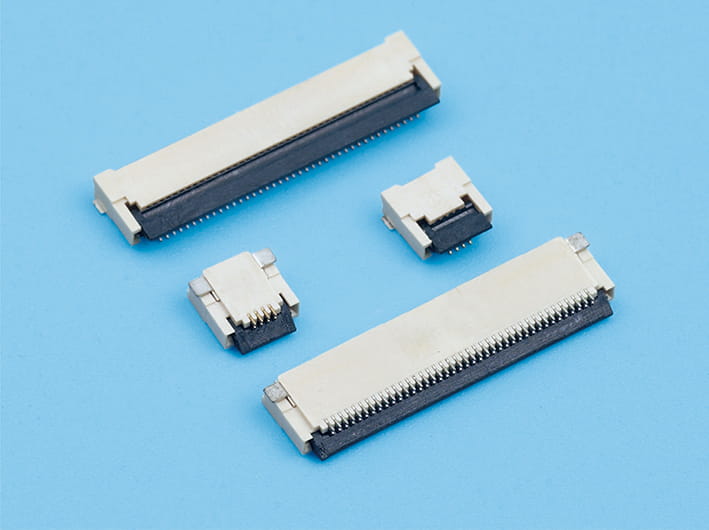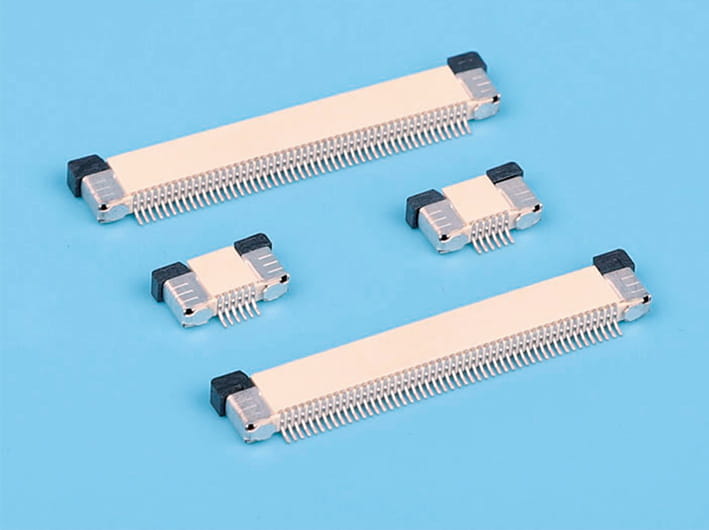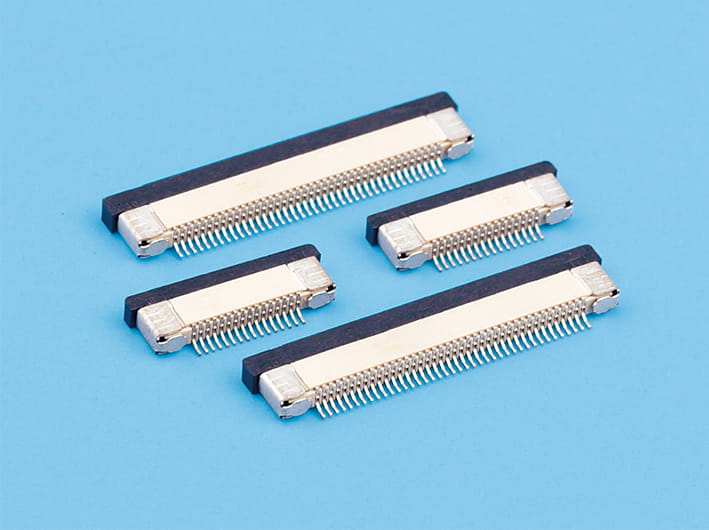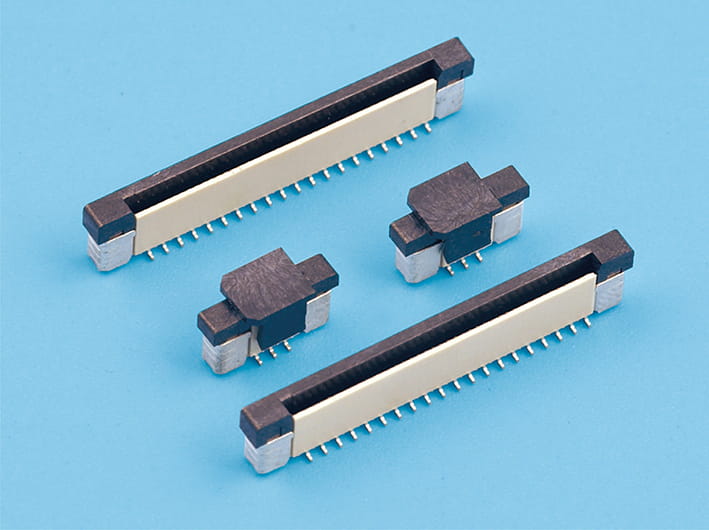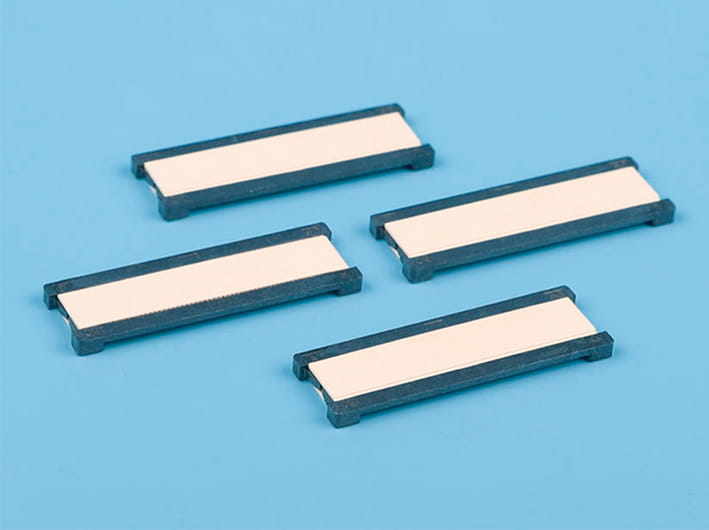Demand Soars for Miniature Precision Electronic Connectors in Wearable Technology Market
The wearable technology market has witnessed an outstanding surge in demand for miniature precision electronic connectors, driven by the increasing popularity of devices such as smartwatches, fitness trackers, wireless earbuds, and even wearable medical equipment. These small yet robust components play a crucial role in enabling seamless integration between the internal systems of wearable devices and external electronic components. As wearable technology continues to evolve, the need for advanced connectors, including micro cable connectors and micro ribbon cable connectors, has grown exponentially.
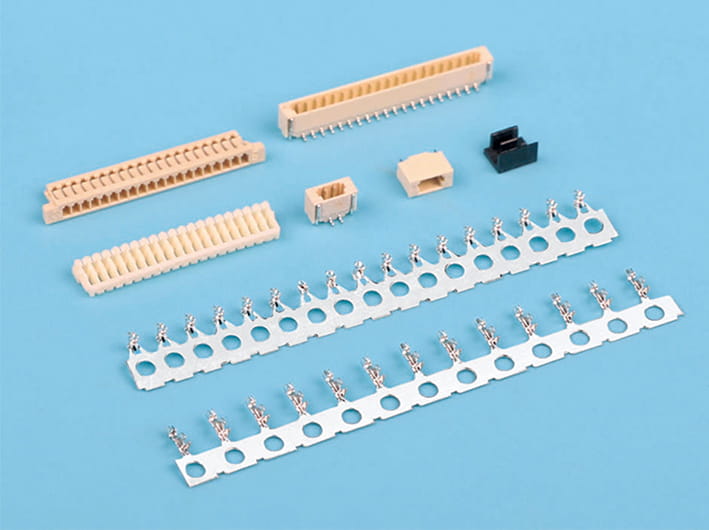
Importance of Precision in Wearable Technology
Wearable devices are characterized by their compact designs, requiring electronic components that are equally small and efficient. Micro cable connectors and micro ribbon cable connectors have become essential for this purpose. These connectors ensure reliable signal transmission and power delivery, supporting the intricate operations of wearable gadgets. Their compact size allows for space-saving designs, making them an indispensable part of modern wearable devices.
Manufacturers of wearable devices prioritize durability and performance in their designs. For example, fitness trackers and smartwatches must endure constant movement, exposure to sweat, and varying environmental conditions. Micro cable connectors, known for their robustness, offer the reliability needed for these demanding applications. Similarly, micro ribbon cable connectors provide high-density connections that can handle multiple signal pathways, ensuring uninterrupted functionality in compact spaces.
Innovation in Miniature Connectors
To meet the growing demand for wearable technology, manufacturers are investing heavily in research and development. A primary focus is improving the design and functionality of micro cable connectors and micro ribbon cable connectors. Innovations include enhancing their resistance to wear and tear, minimizing power loss, and improving data transfer rates.
For instance, micro cable connectors are now being designed with advanced materials that withstand temperatures, moisture, and physical stress. These improvements are critical for wearable devices used in outdoor activities or challenging environments. On the other hand, micro ribbon cable connectors are being optimized to support higher bandwidths, enabling faster data transmission required by wearable devices with complex functionalities, such as health monitoring systems and augmented reality (AR) glasses.
Applications in Wearable Technology
The role of micro cable connectors and micro ribbon cable connectors is especially prominent in wearable medical devices, which require high precision and reliability. These connectors facilitate real-time monitoring of vital signs, such as heart rate, blood oxygen levels, and glucose levels. By ensuring accurate data transmission, they enable healthcare professionals to make informed decisions quickly.
Similarly, in consumer electronics, micro cable connectors are vital in smartwatches and wireless earbuds, where they provide efficient connections between various internal components. Micro ribbon cable connectors, with their ability to handle multiple signals simultaneously, are particularly valuable in devices like advanced fitness trackers, which integrate GPS, accelerometers, and heart rate monitors.
Market Growth and Future Prospects
The surge in demand for micro cable connectors and micro ribbon cable connectors in wearable technology is expected to continue as the market expands. According to industry analysts, the global wearable technology market is projected to grow at a compound annual growth rate (CAGR) of over 15% in the coming years. This growth will drive further innovation in connector technology, as manufacturers aim to meet the increasing expectations of consumers for smaller, more efficient, and more reliable devices.
As wearable technology becomes more sophisticated, micro cable connectors and micro ribbon cable connectors will play an even more significant role. With advancements in miniaturization, these connectors will become smaller and more powerful, enabling new possibilities for wearable devices. For example, flexible micro ribbon cable connectors may soon be integrated into smart fabrics, paving the way for intelligent clothing that can monitor health metrics or interact with other devices.



 English
English 中文简体
中文简体 Español
Español عربى
عربى